What does 200 calories actually look like? Popular snacks and foods in pictures
Pictures reveal what 200 calories worth of popular foods like pasta, eggs, carrots, bananas, and strawberries looks like
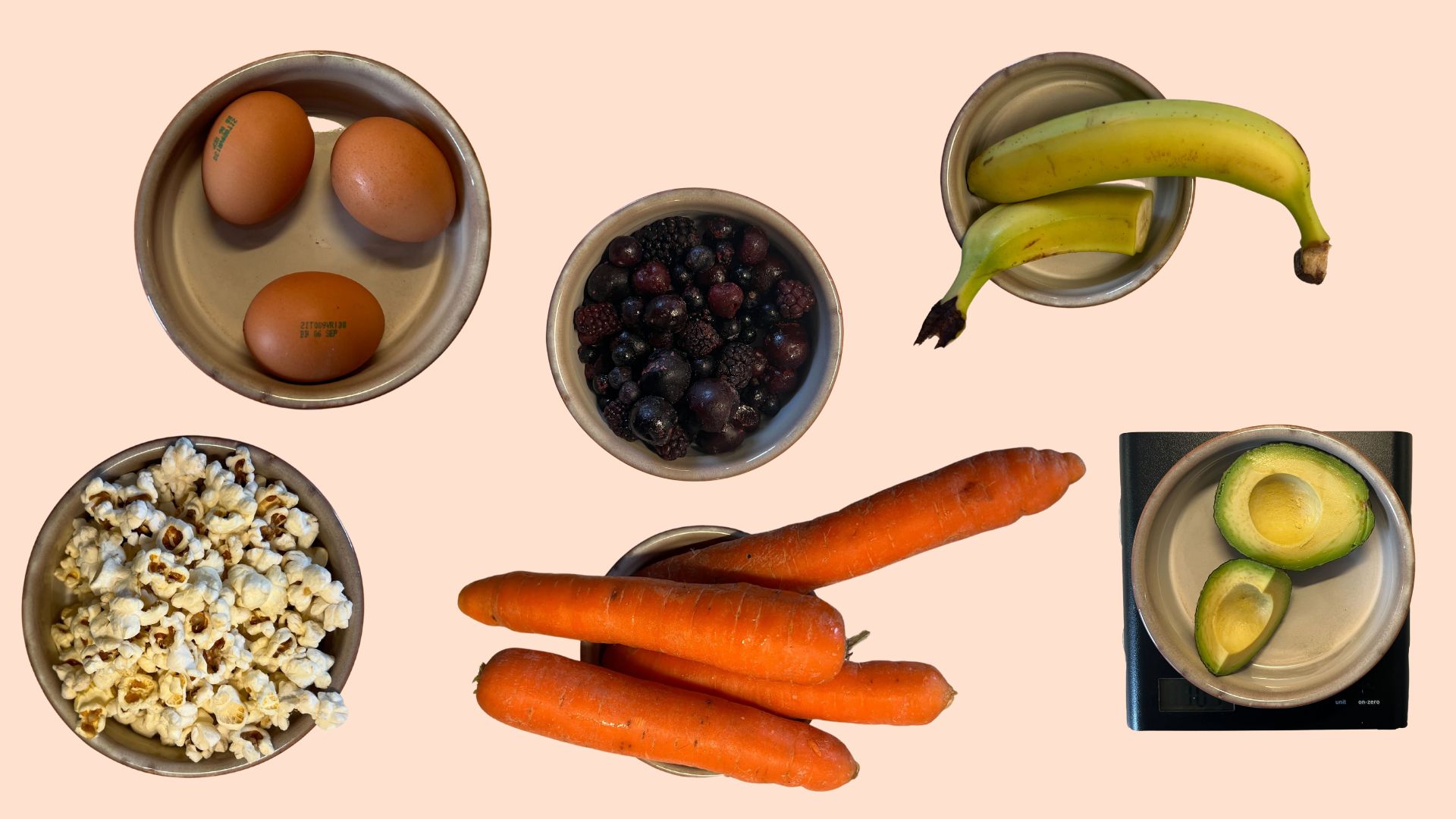

What does 200 calories look like? If you're trying to lose weight healthily and sustainably, you might decide that rigorous calorie counting isn't for you. And that's okay, it's totally possible to lose weight without it but having an idea of the calories in different foods and portion sizes can be hugely beneficial.
You might realise that you're eating more calories during your day-to-day than you realise, especially if you incorporate lots of carbohydrates into your regular eating like pasta, rice, and bread. Although these are great for giving us energy, they are relatively higher in calories. Likewise, you might think that you're consuming more calories than you actually are - for example, everyone's always surprised at how many calories there are in basic essentials like eggs, nuts, bananas and other fruits.
So whether you're looking to track your calories to lose weight in a week by cutting down your portion sizes or monitor how many calories you should eat in a day, this is what you need to know about the calories in some of the most popular foods around. Plus, we speak to a nutritionist about the value of calories in our daily eating habits.
What 200 calories looks like
1. Strawberries and other berries
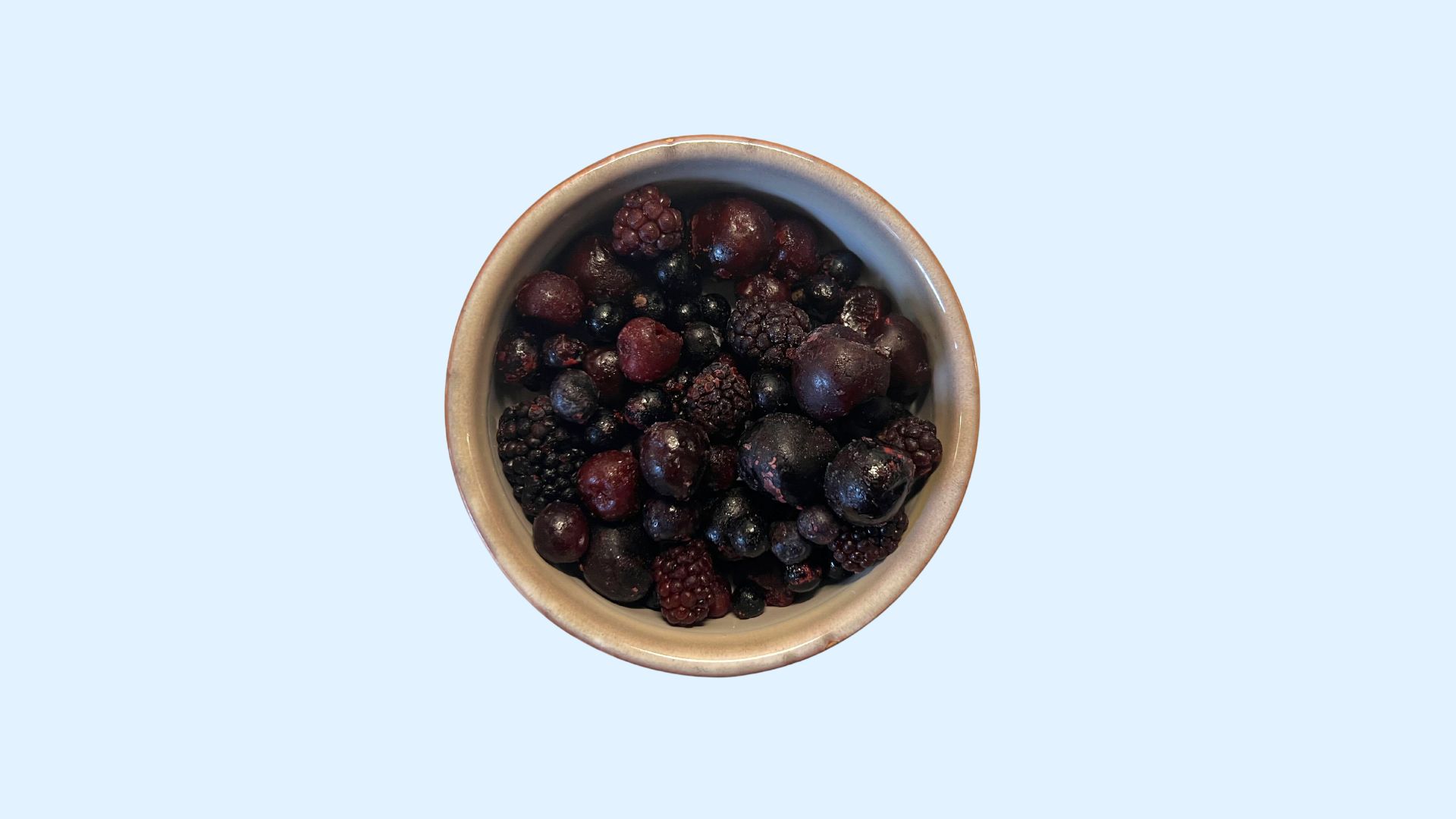
How many? 50 fresh strawberries or 350g of frozen berries.
A medium-sized fresh strawberry (14 grams) is about 4 calories so you can have 50 medium-sized strawberries for 200 calories. If you prefer frozen berries for ice cream, overnight oats, and other snacks, then 350g will offer you the same amount.
2. Pasta
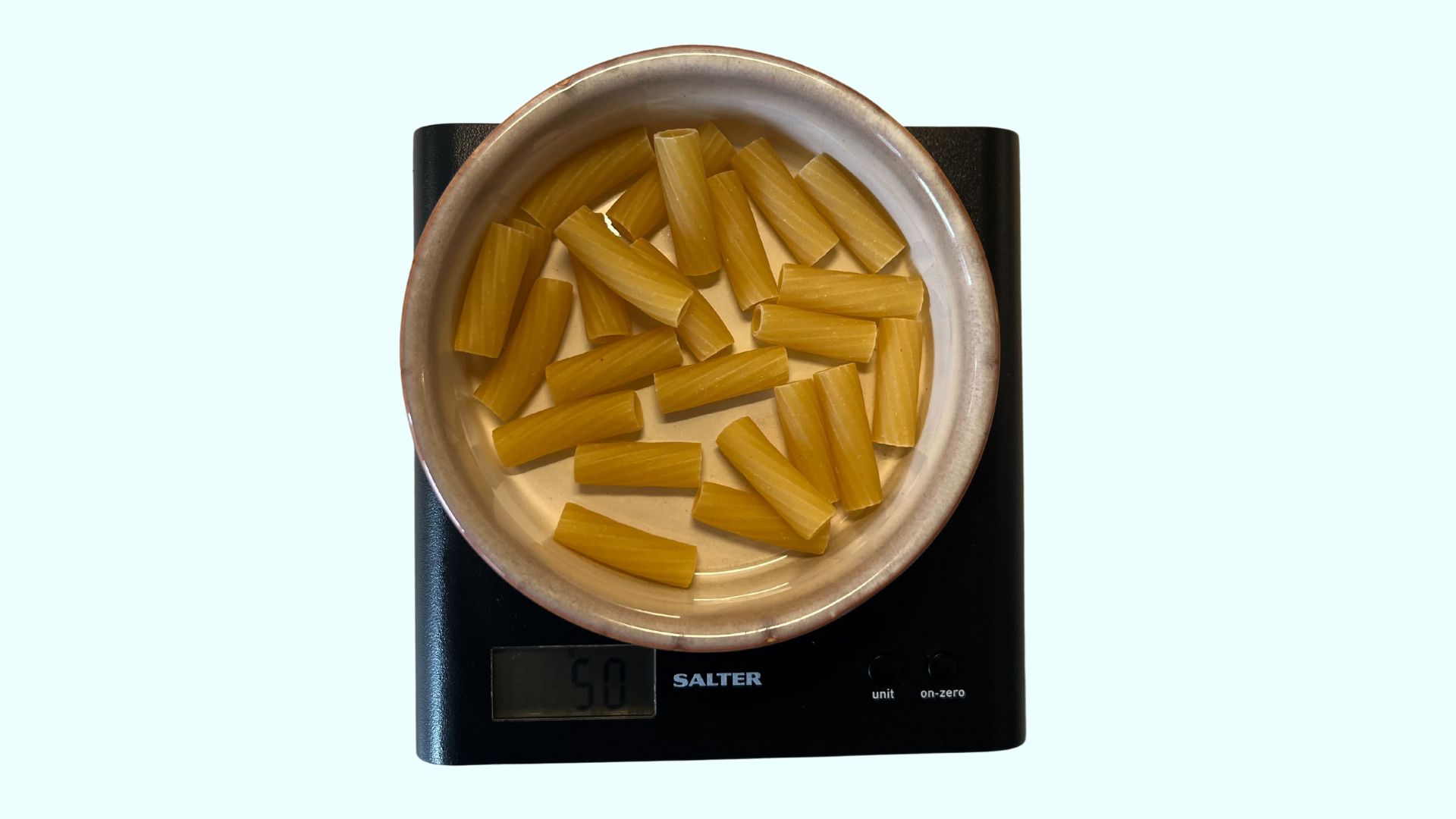
How much? 50g
If you want 200 calories worth of pasta, you'll want to make 50g of dry pasta. Once cooked, pasta gets denser so be sure to always measure the dry ingredients - especially if you are using one of the best calorie counter apps to count your intake.
Sign up for the woman&home newsletter
Sign up to our free daily email for the latest royal and entertainment news, interesting opinion, expert advice on styling and beauty trends, and no-nonsense guides to the health and wellness questions you want answered.
3. Peanut butter
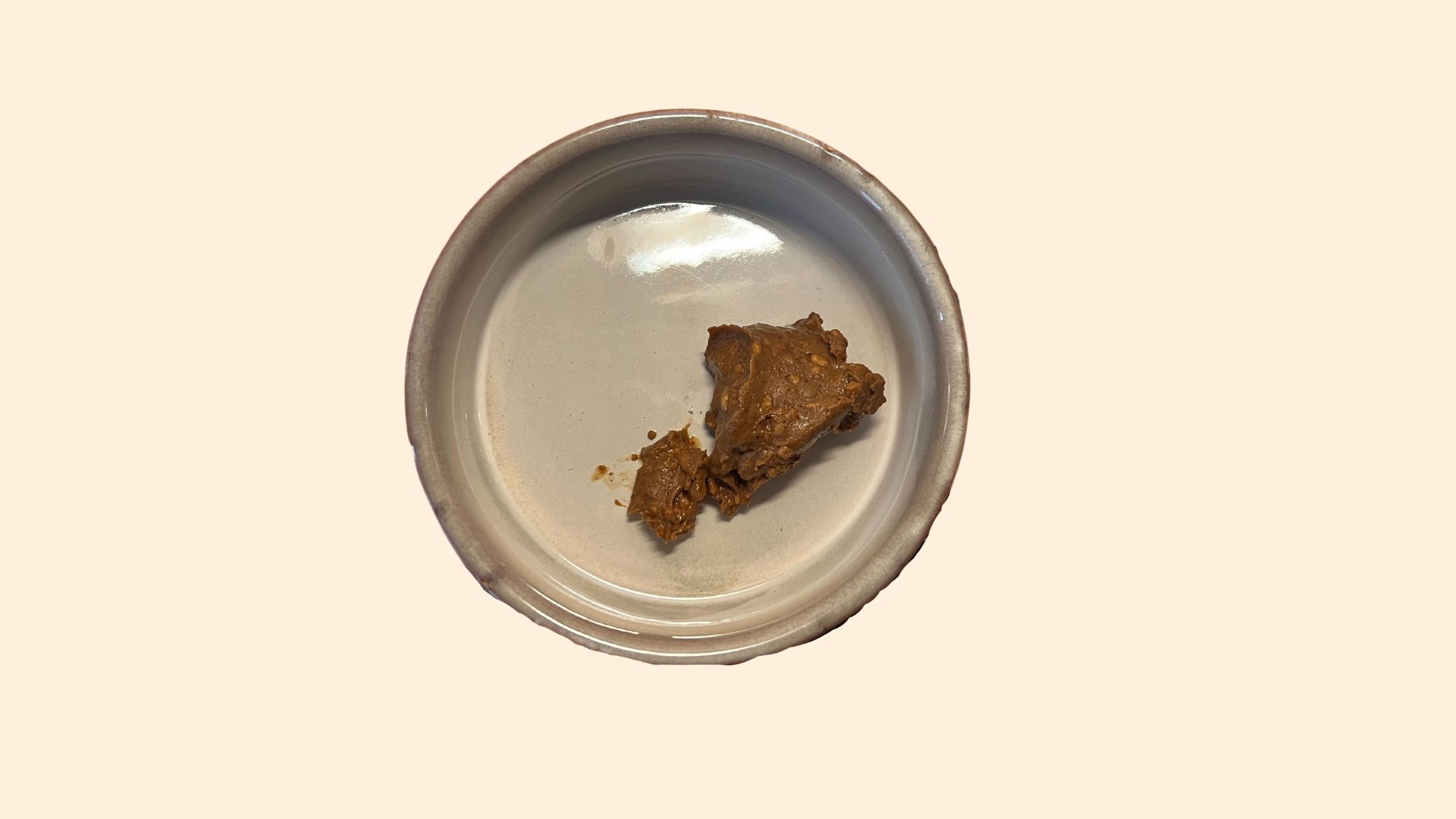
How much? A heaped tablespoon of peanut butter.
Peanut butter is perhaps one of the more calorific spreads out there - and one of the most delicious! 34 grams of peanut butter is 200 calories, which is about 1 heaped tablespoon.
4. Peas
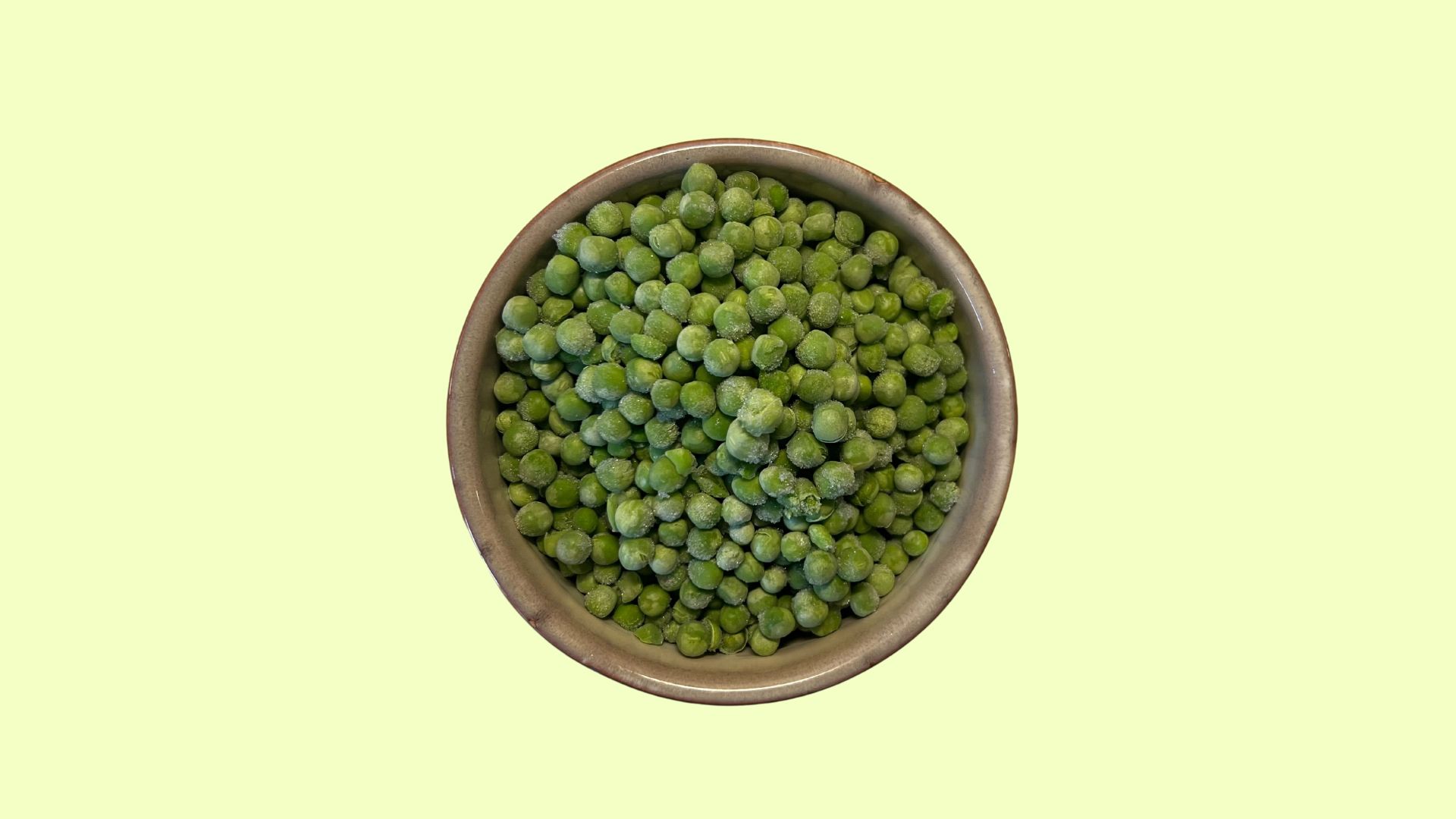
How much? 257g
One gram of peas works out to under one calorie, meaning you can get 257g of peas for 200 calories. Considering that 117g to 170g is the recommended serving size for this vegetable, that's almost two portions for 200 calories - one for now, one for later.
5. Bananas
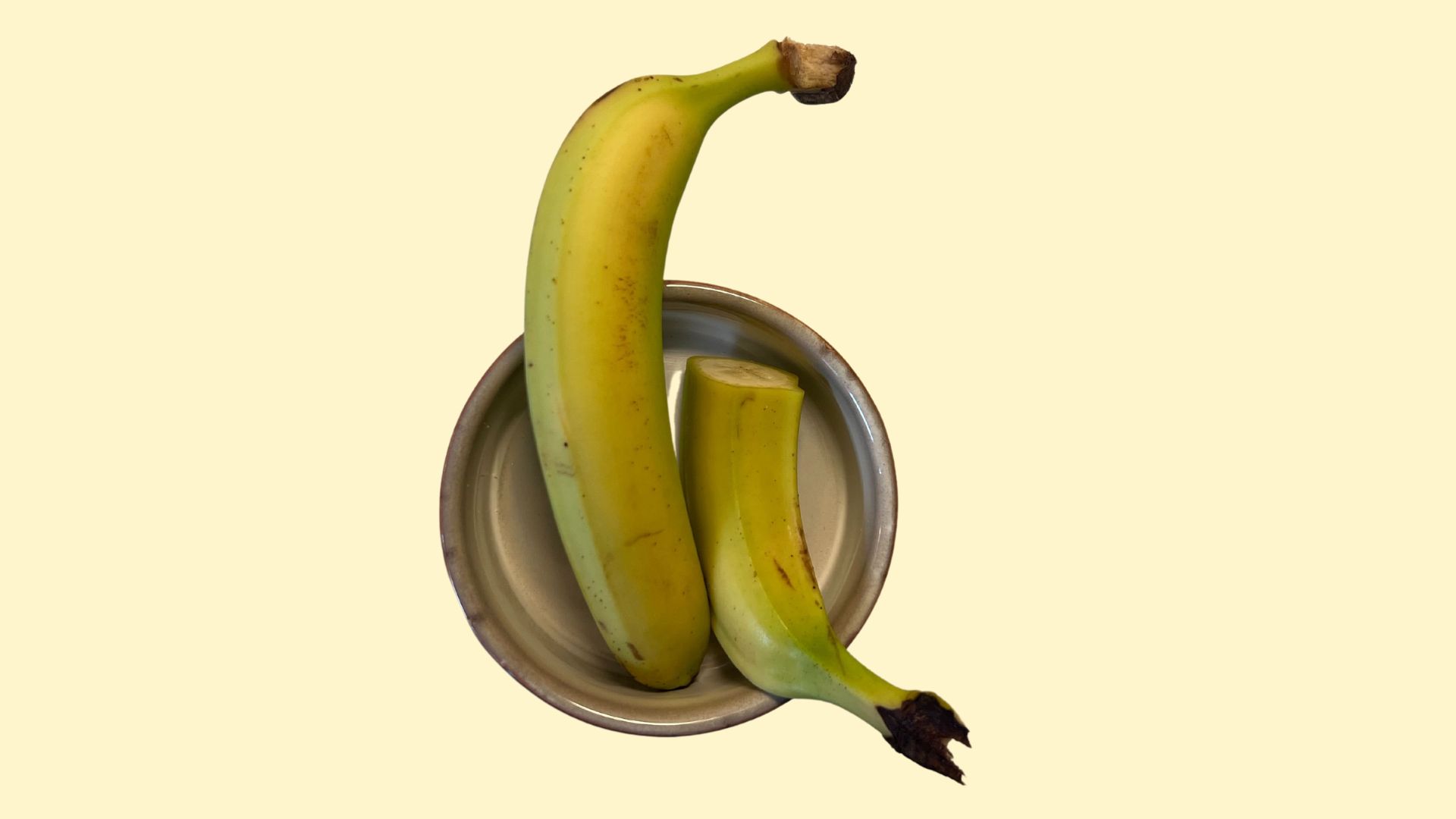
How many? 1.5 bananas
You can have about 1.5 medium-sized bananas for 200 calories. This fruit is a great source of carbohydrates and fibre, which are essential for maintaining your energy levels and staying full through the day.
Wondering what to snack on when dieting? Bananas are a great snack for pre-lunch munching.
6. Eggs
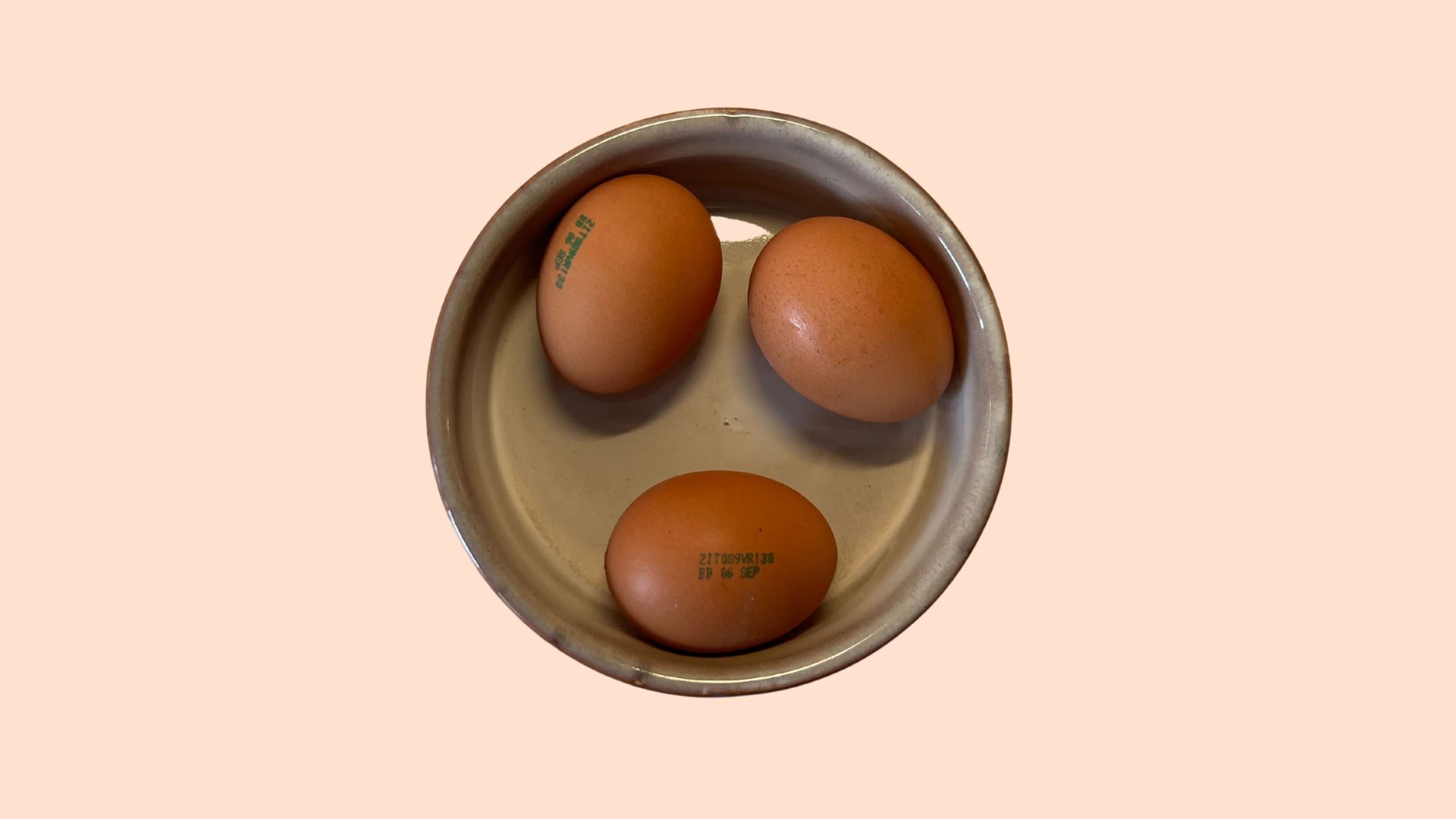
How many? Since you can't really have half an egg, you can have three eggs for 249 calories or two eggs for 166 calories.
Eggs are a popular breakfast staple for a reason as one of the best high-protein, low-calorie foods out there. Each egg, as well as offering 83 calories, has about 6g of protein.
7. Almonds
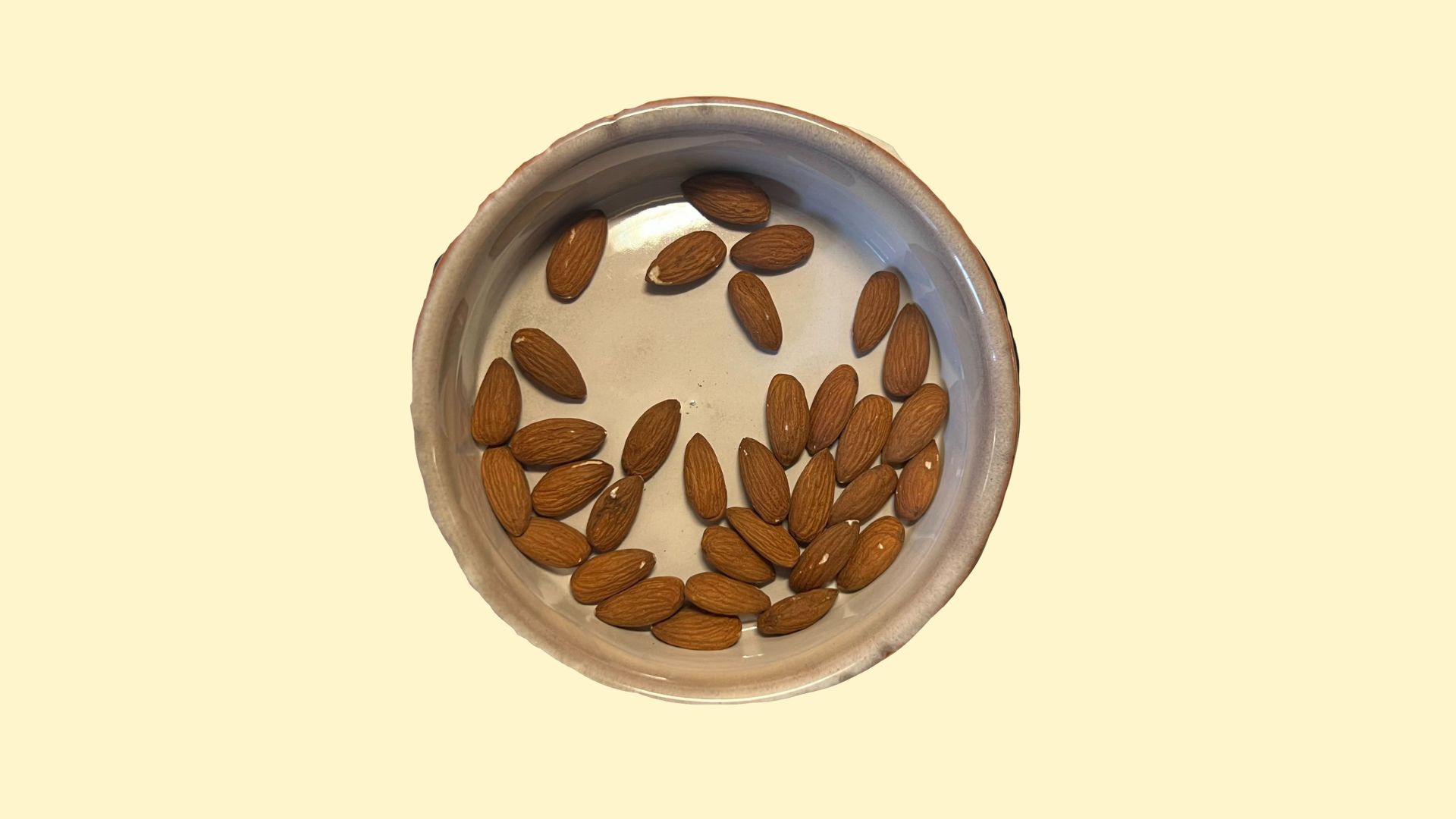
How many? 34g (or 33 individual almonds)
You can have 34g of raw almonds for 200 calories - 33 individual ones if you'd prefer to count them out.
8. Carrots
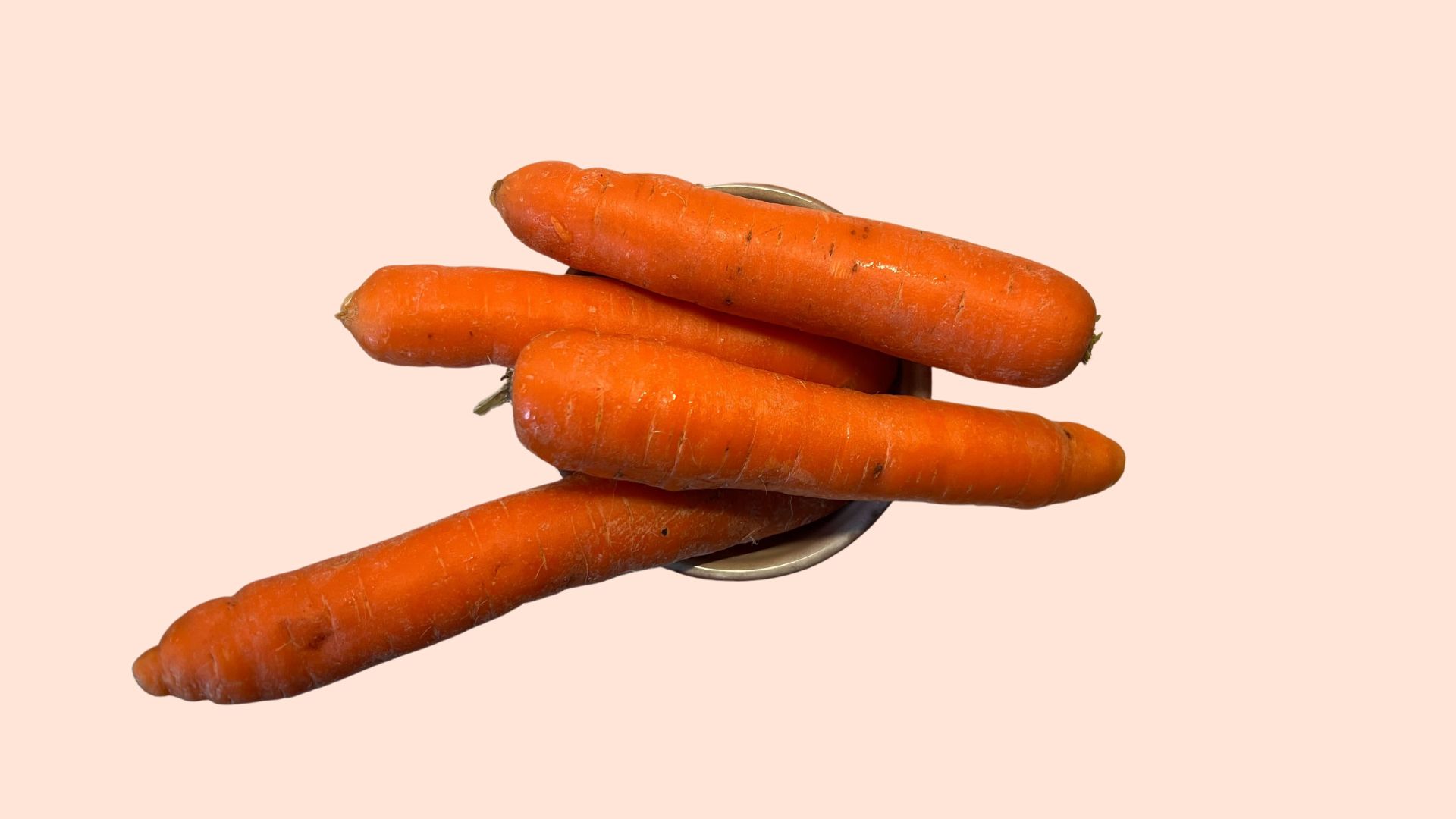
How many? 7 large
Another great snack for the afternoon. Perhaps unsurprisingly, you'll never have to worry about overindulging on carrots if you're looking to stick to a precise 200-calorie limit for snacks.
9. Doughnuts
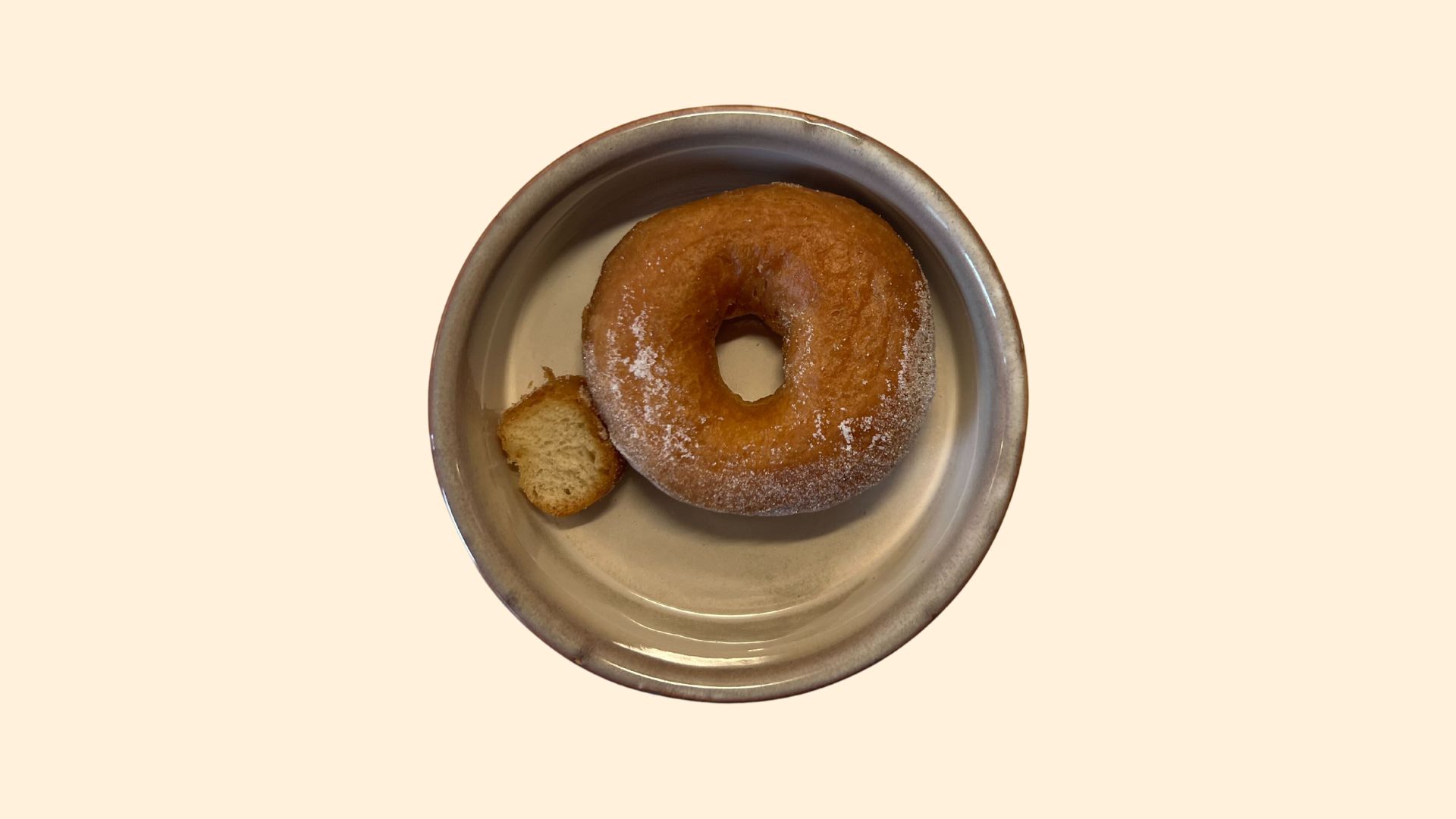
How many? One and a smidge
There are 173 calories in a standard supermarket ring doughnut with sugar and the same in a classic glazed Krispy Kreme, so you could eat roughly one and a tiny bit of a doughnut to stay within 200 calories.
10. Cheese
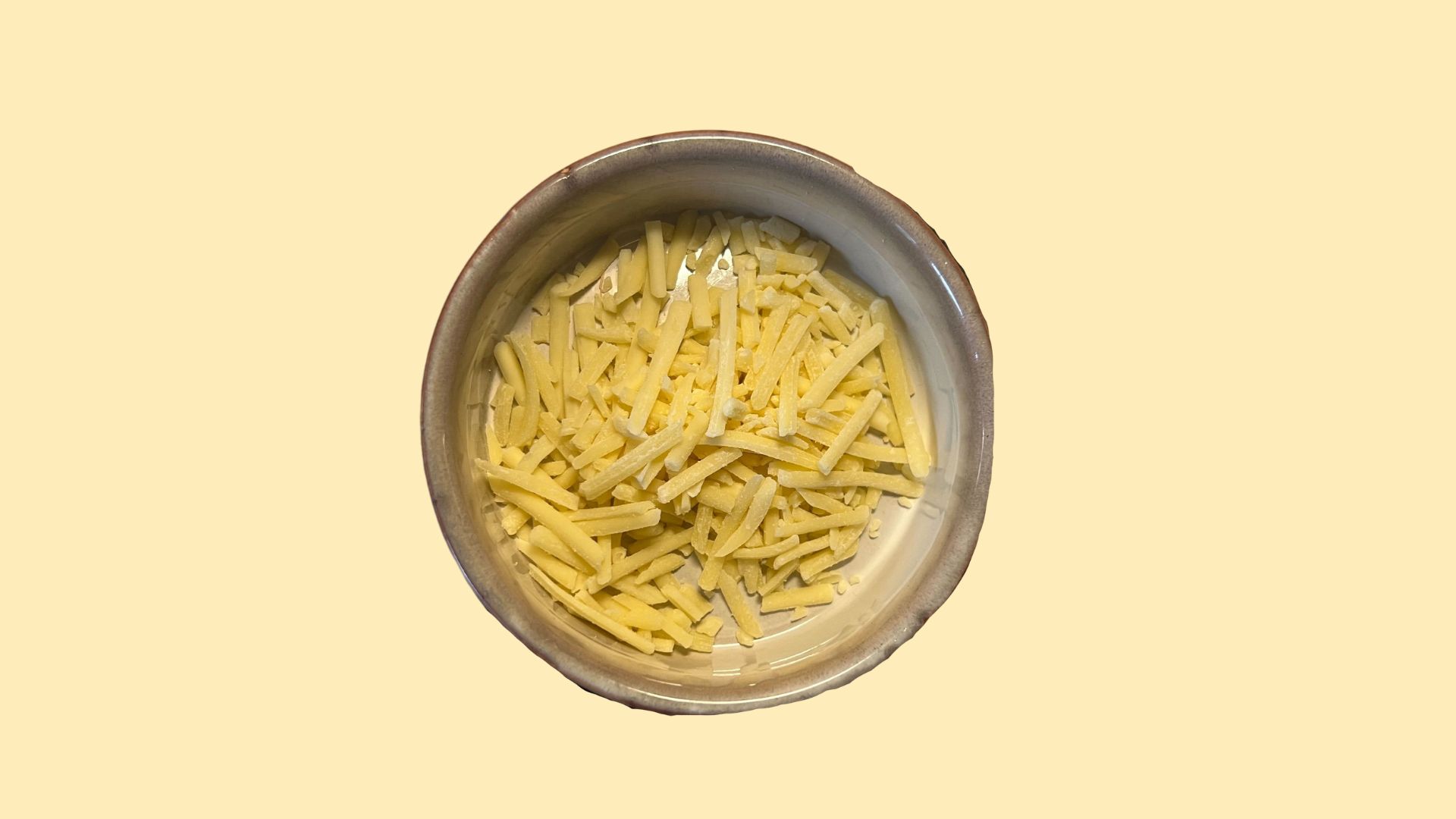
How much? 50g
There are about 4 calories per gram of cheddar cheese so you can have 50g of cheese to stay at 200 calories. How should you measure it if it comes in a block and you don't have scales? 30g of cheese is about the width and length of your index finger and middle finger put together.
11. Popcorn
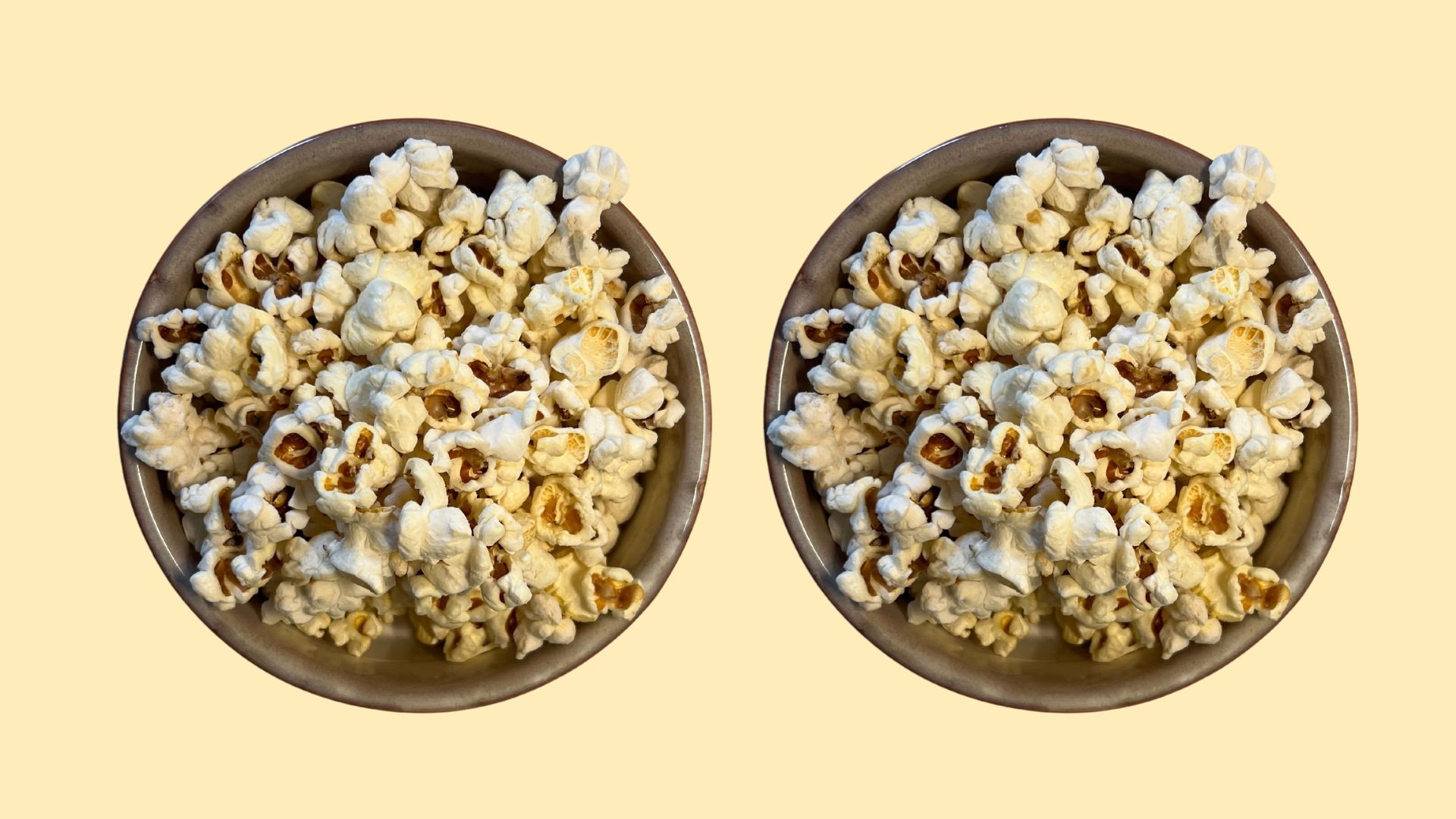
How much? 50g of plain, salted popcorn
While 50g may not sound like a lot of popcorn but when we measured out the popular snack exactly, it took up two full bowls. Naturally, adding sugar or other calorie-rich foods to the popcorn will increase the calorie count.
12. Avocado

How many? One and a quarter
For 200 calories, you can have about 61g worth of avocado with your eggs in the morning. And it's one of the best fruits (yes, fruits!) to include in your diet as it's full of healthy fats meaning you'll stay fuller and more satisfied, experience better brain function, and improve your digestion.
Are calories important?
Whether calories may be important to you or not depends on your goals. For example, if you're looking to make significant changes to your body - like learning how to lose a stone in a month healthily - then you may find learning more about calories and monitoring your calorie intake beneficial.
As nutritionist Signe Svanfeldt explains, "Different foods have different amounts of energy per 100g, and it’s all dependent on their nutritional profile and composition. Macronutrients (fat, protein and carbohydrates) all contain energy," she says. "Protein and carbs both provide 4 calories per gram, while fat contains 9 calories per gram."
So, if you were looking to lose weight then you'd want to prioritise foods high in protein and carbohydrates rather than fat (although this is still important) to stay in a calorie deficit. This deficit is produced when you eat fewer calories than you burn every day and it's the only way to lose weight for most people, per research by institutions like Seoul National University Bundang Hospital and the Univesity of Athens.
"Eating according to our energy needs, without exceeding or eating too little can help our health in multiple ways, including helping us to maintain, or reach a healthy weight, making us feel energised, increase performance and overall wellbeing. Learning how much daily energy you need is vital for your health. But it’s not only about consuming the right amount of energy, it’s also important to get a balance in nutrients, both macro- and micronutrients," says Svanfeldt, who is also the resident nutritionist at healthy eating app Lifesum.
"200 calories from sweets, will largely provide carbohydrates in the form of sugar, while 200 calories from a bowl of Greek yoghurt with berries and nuts provide you with protein, healthy fats, fibre, vitamins and minerals (plus it will make you feel fuller for longer compared to sweets)," she says.
Equally, however, it's important to consume enough calories to stay healthy. "Even if not moving at all, our bodies need energy to function - the amount needed is known as our basal metabolic rate. All individuals need different amounts of energy, and this varies depending on variables such as sex, age, height, weight, activity level - and if we have any weight-related goals."
Is 200 calories enough for breakfast?
The question of 'how many calories should I eat for breakfast?' is a highly personal one, says Svanfeldt. "How to best divide our daily intake is highly personal, and depends on lifestyle, preferences, and daily schedule (such as work and exercise habits). Some prefer to skip breakfast, and consume all their energy during lunch and dinner, and feel that this eating schedule works perfectly for them," she says.
"However, if you do want to eat a 200-calorie breakfast, and you notice that you feel hungry long before lunch, and want to grab a less nutritious snack option such as a chocolate bar, it will be wise to increase your breakfast and ensure that breakfast is balanced in nutrients, preferably with a source of protein, fibre and healthy fats."
Is 200 calories enough for a snack?
Yes, if you want to grab a quick snack to maintain a stable energy level, Svanfeldt suggests that a 200-calorie snack is perfect. "How large an optimal snack should be is highly dependent on other meals throughout the day and your daily schedule. However, an avocado and spinach-based smoothie can be a great nutritious choice," she says.
"If you didn’t have enough energy during lunch, you might need a more filling snack," she adds. "The optimal size of the snack can also be dependent on your exercise schedule, where you might need to adjust the size depending on the activity and timing."

Grace Walsh is woman&home's Health Channel Editor, working across the areas of fitness, nutrition, sleep, mental health, relationships, and sex. She is also a qualified fitness instructor. In 2025, she will be taking on her third marathon in Brighton, completing her first ultra marathon, and qualifying as a certified personal trainer and nutrition coach.
A digital journalist with over seven years experience as a writer and editor for UK publications, Grace has covered (almost) everything in the world of health and wellbeing with bylines in Cosmopolitan, Red, The i Paper, GoodtoKnow, and more.
-
 The Handmaid's Tale: Does June get Hannah back at the end of season 6?
The Handmaid's Tale: Does June get Hannah back at the end of season 6?It's been June's endgame from the very first moments of The Handmaid's Tale, but will she be reunited with her daughter Hannah at the end of season 6?
By Lucy Wigley
-
 My decades-long quest for the perfect pillow ends here, but forget what you think you know about memory foam
My decades-long quest for the perfect pillow ends here, but forget what you think you know about memory foamPacked full of tiny pieces of shredded memory foam with a dual-sided cover to keep you cool, this is the next best thing to sleeping on a cloud
By Heidi Scrimgeour